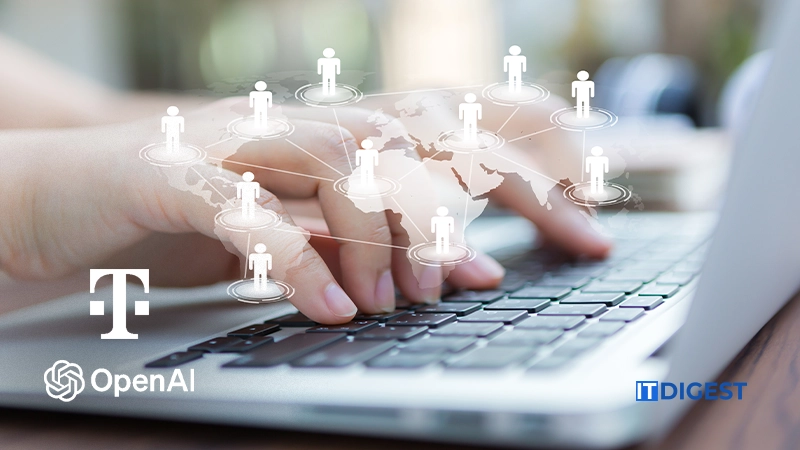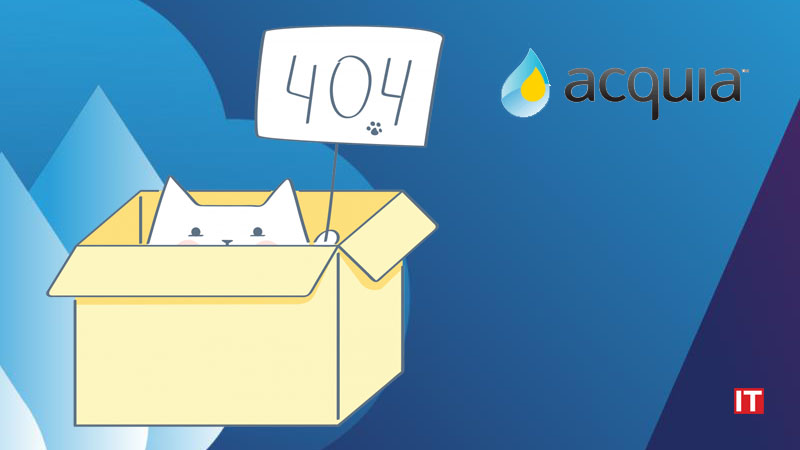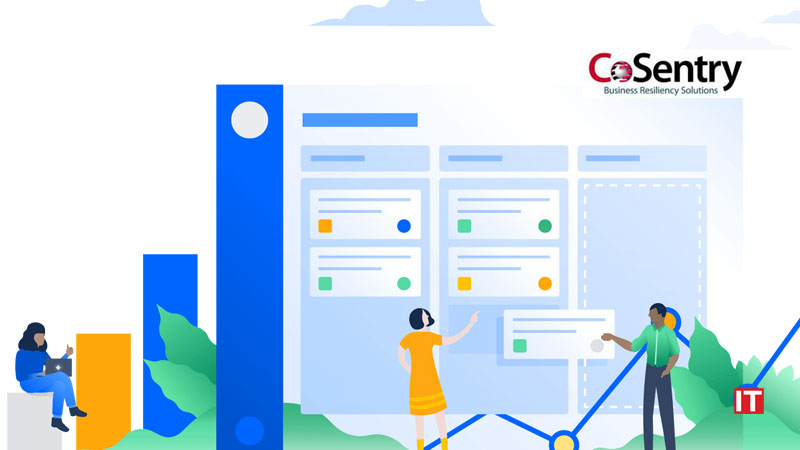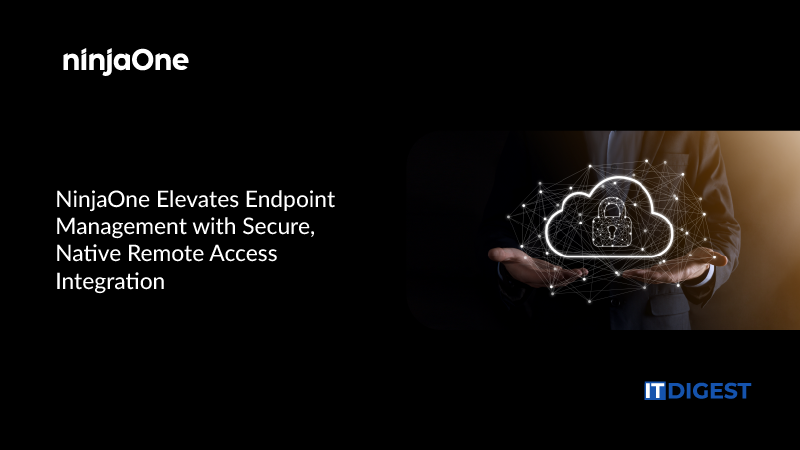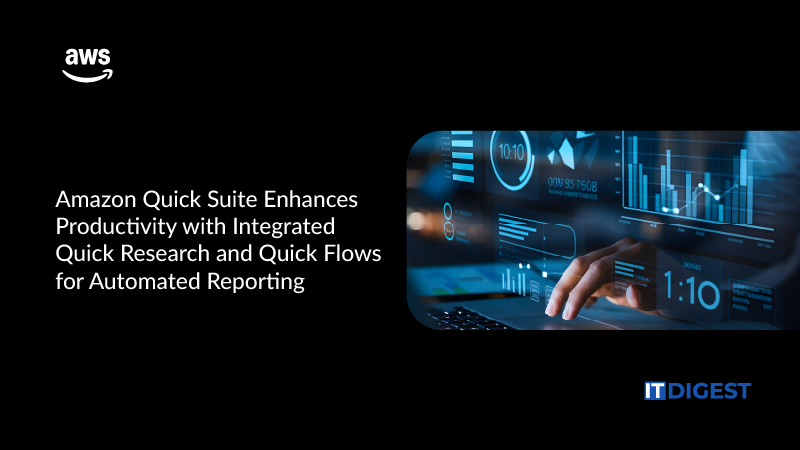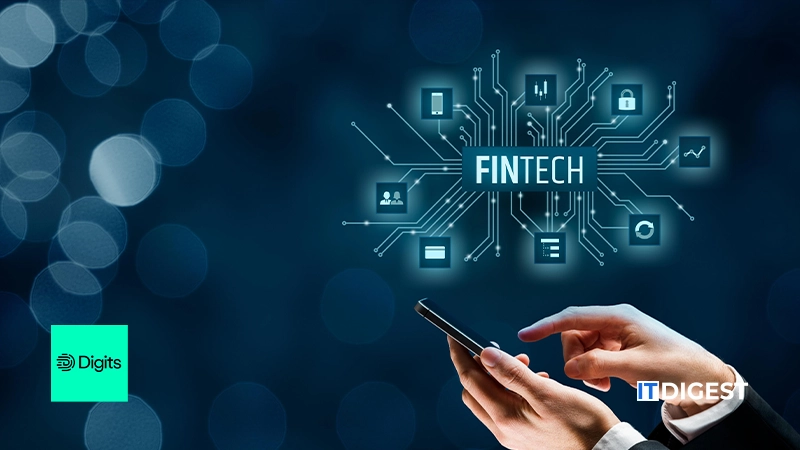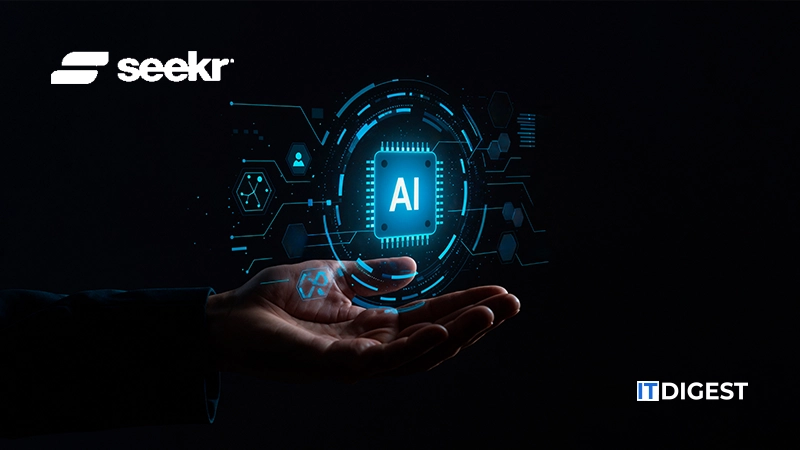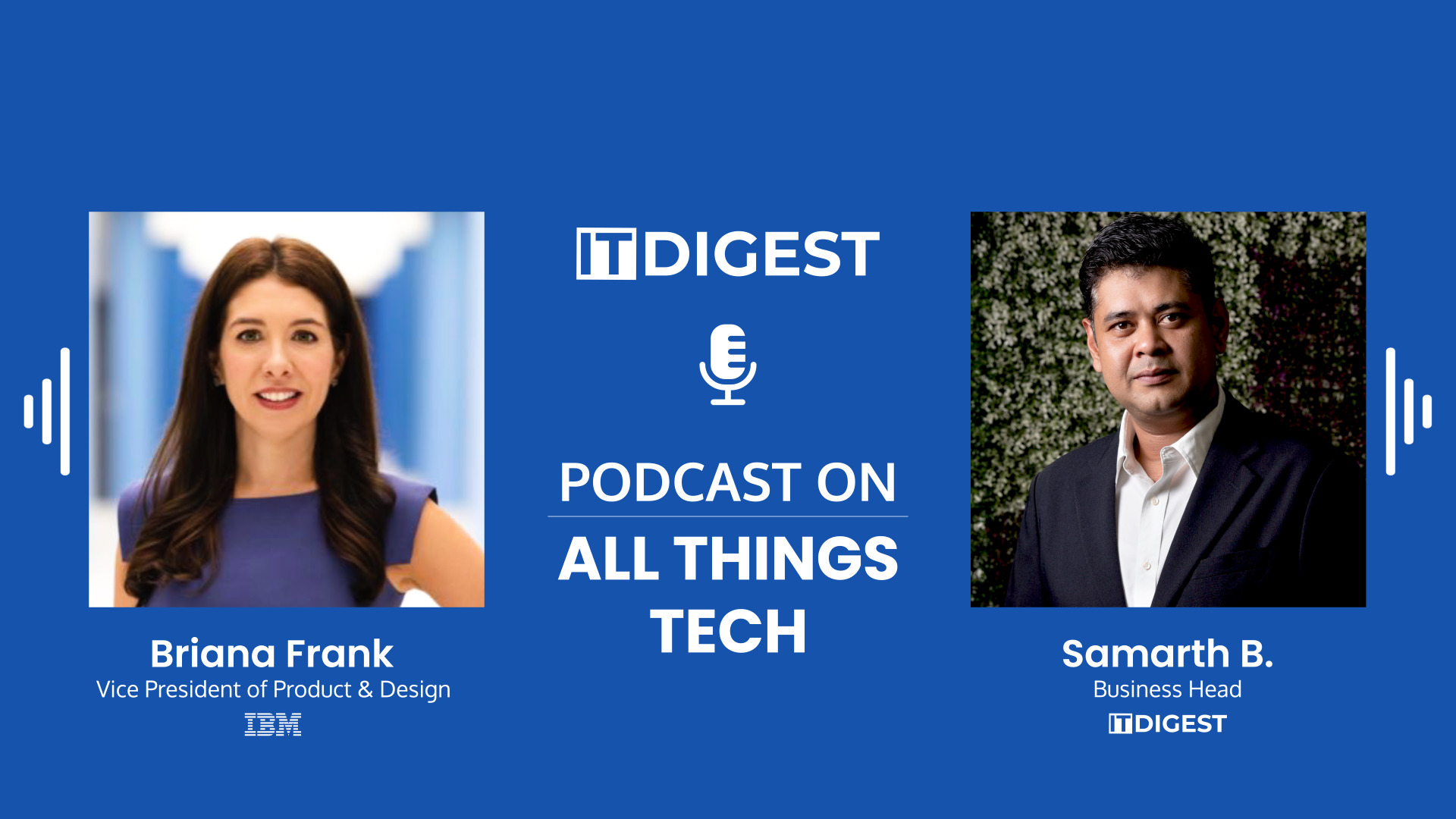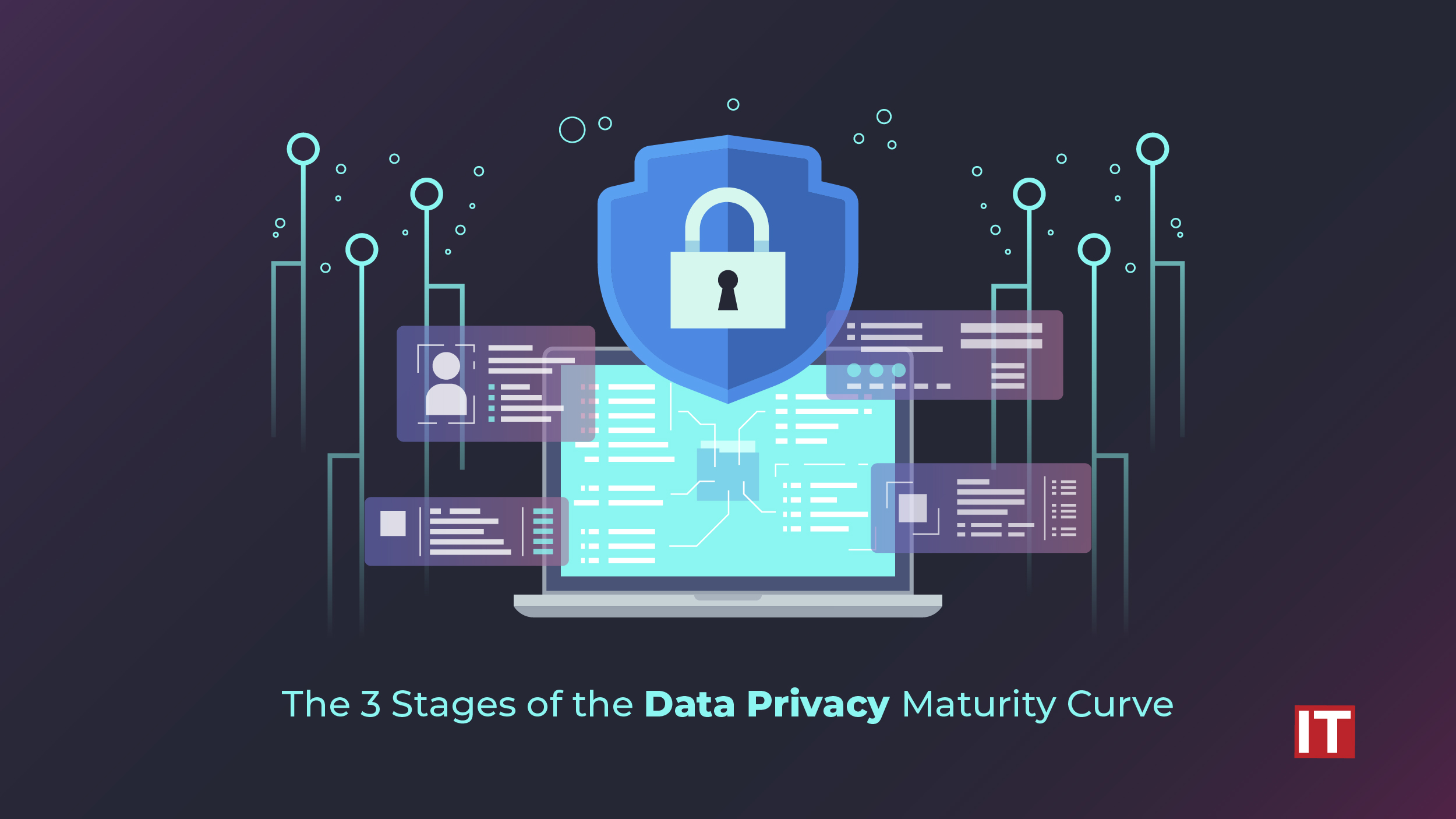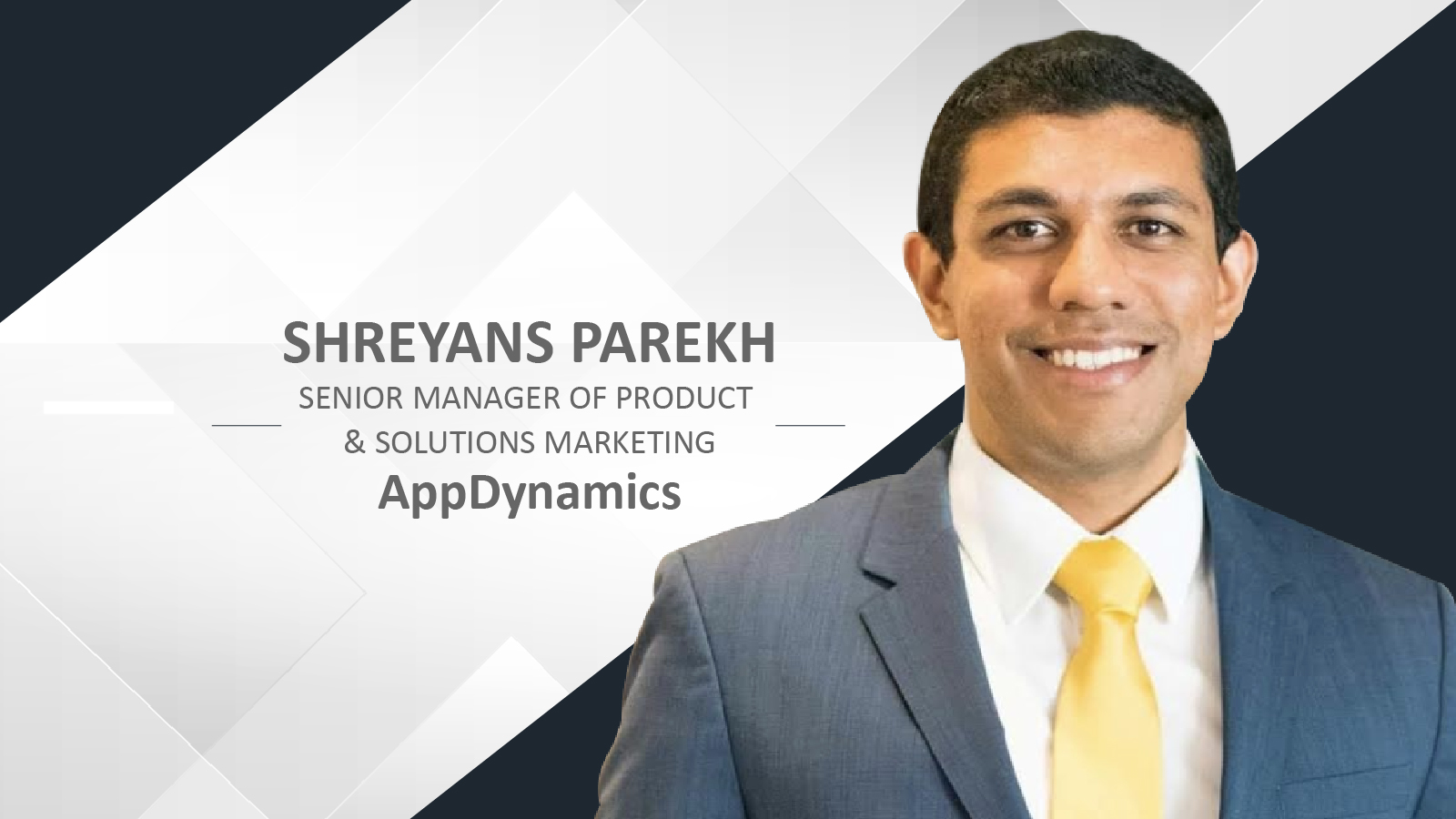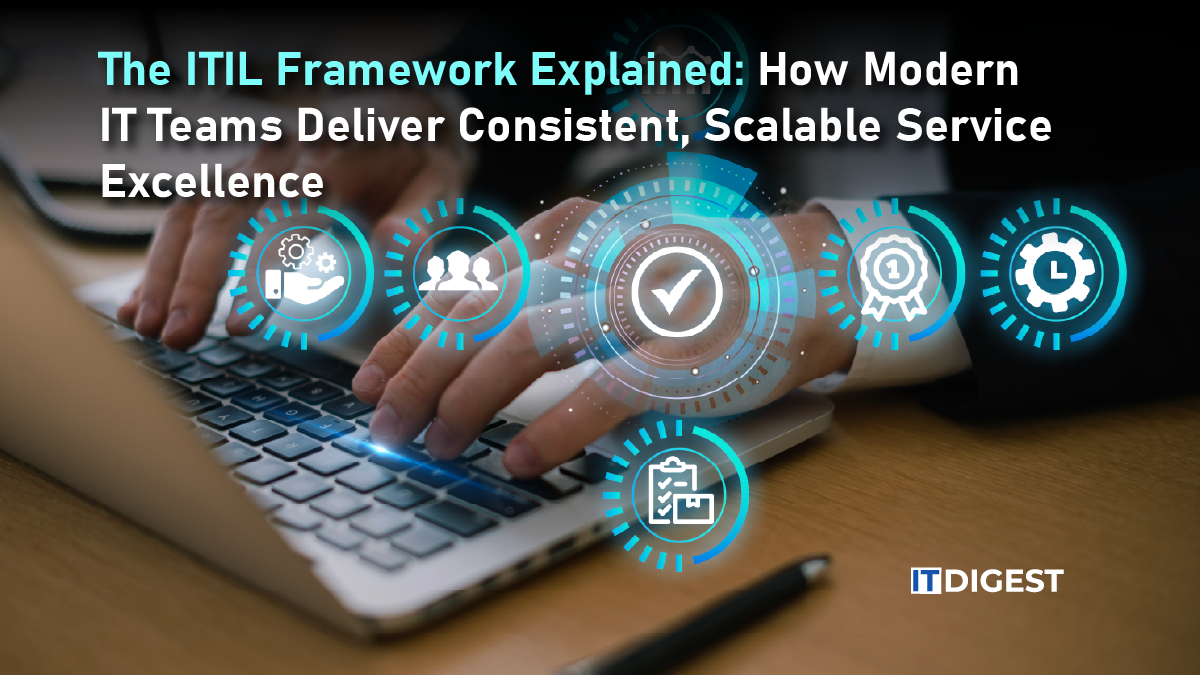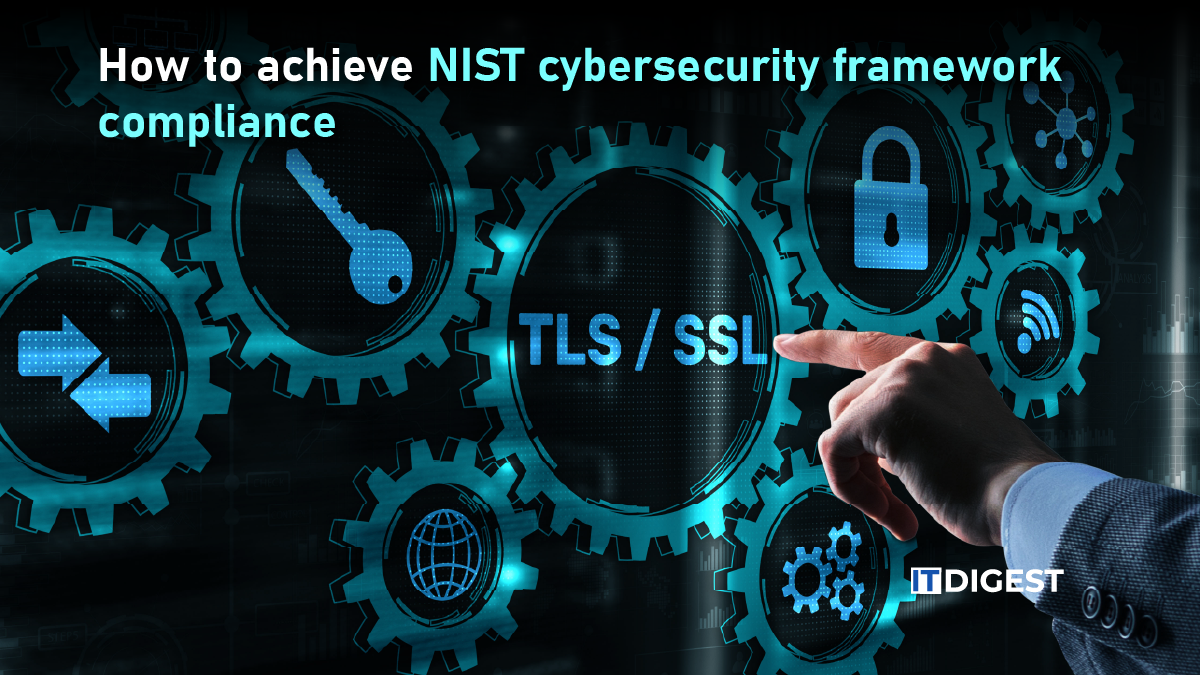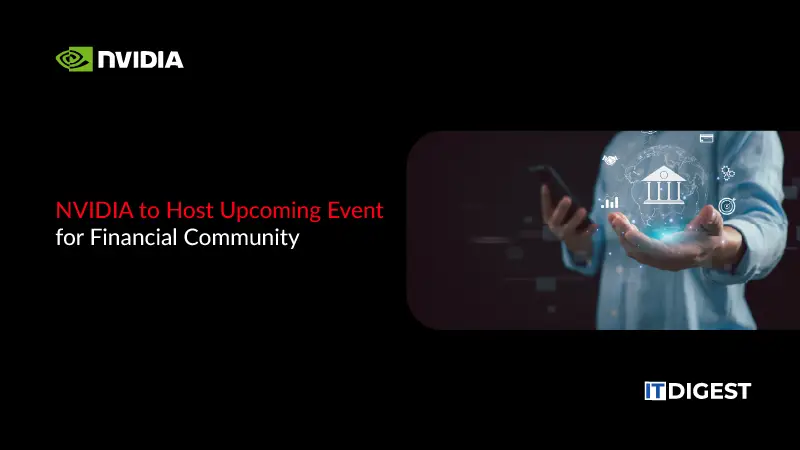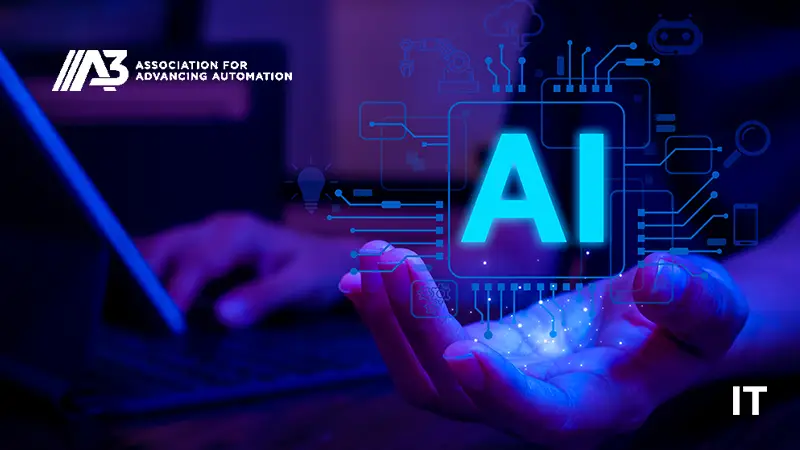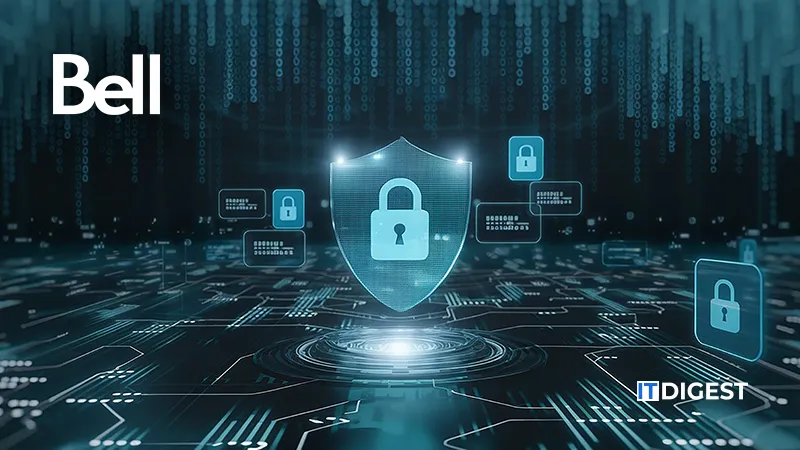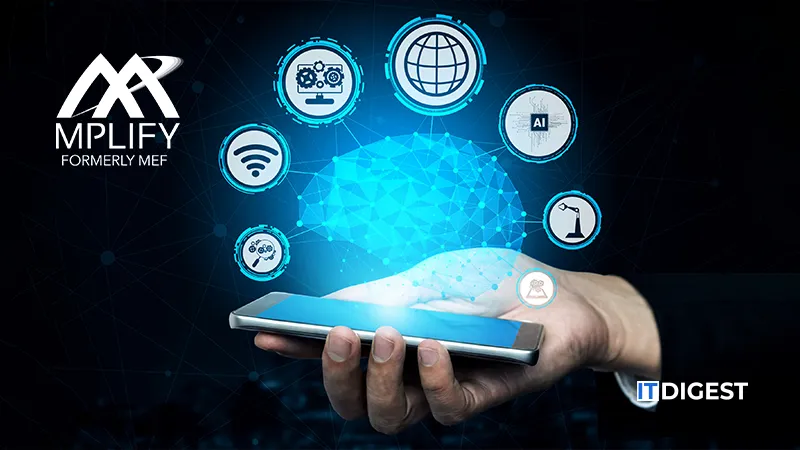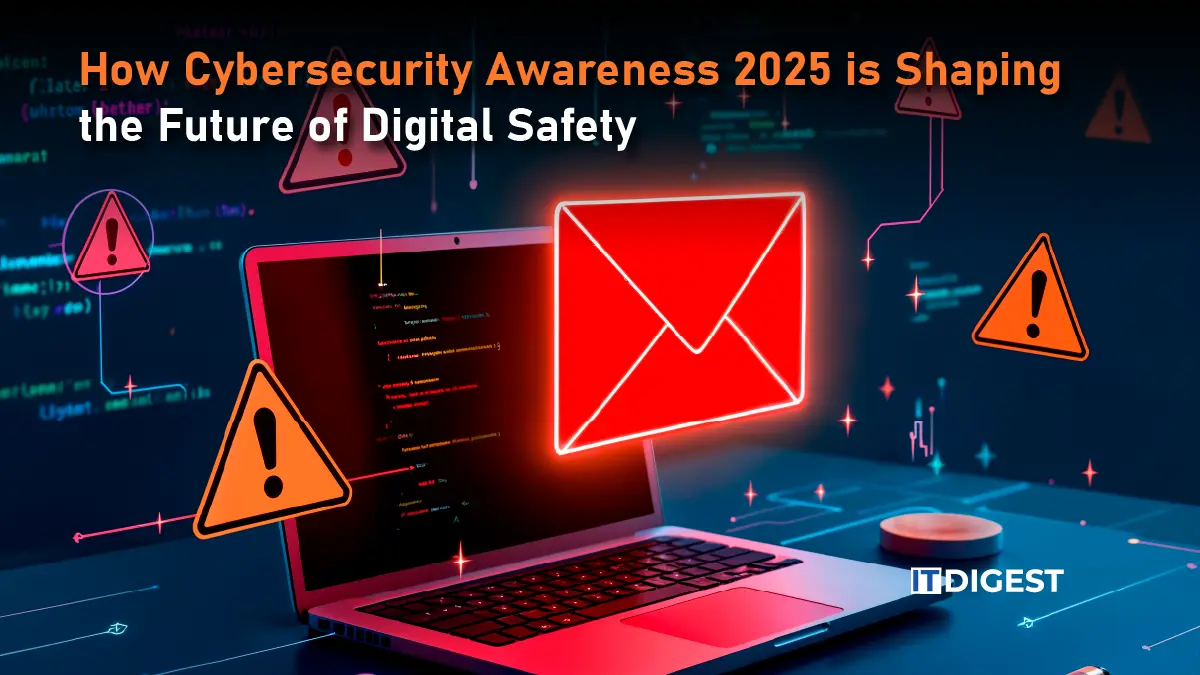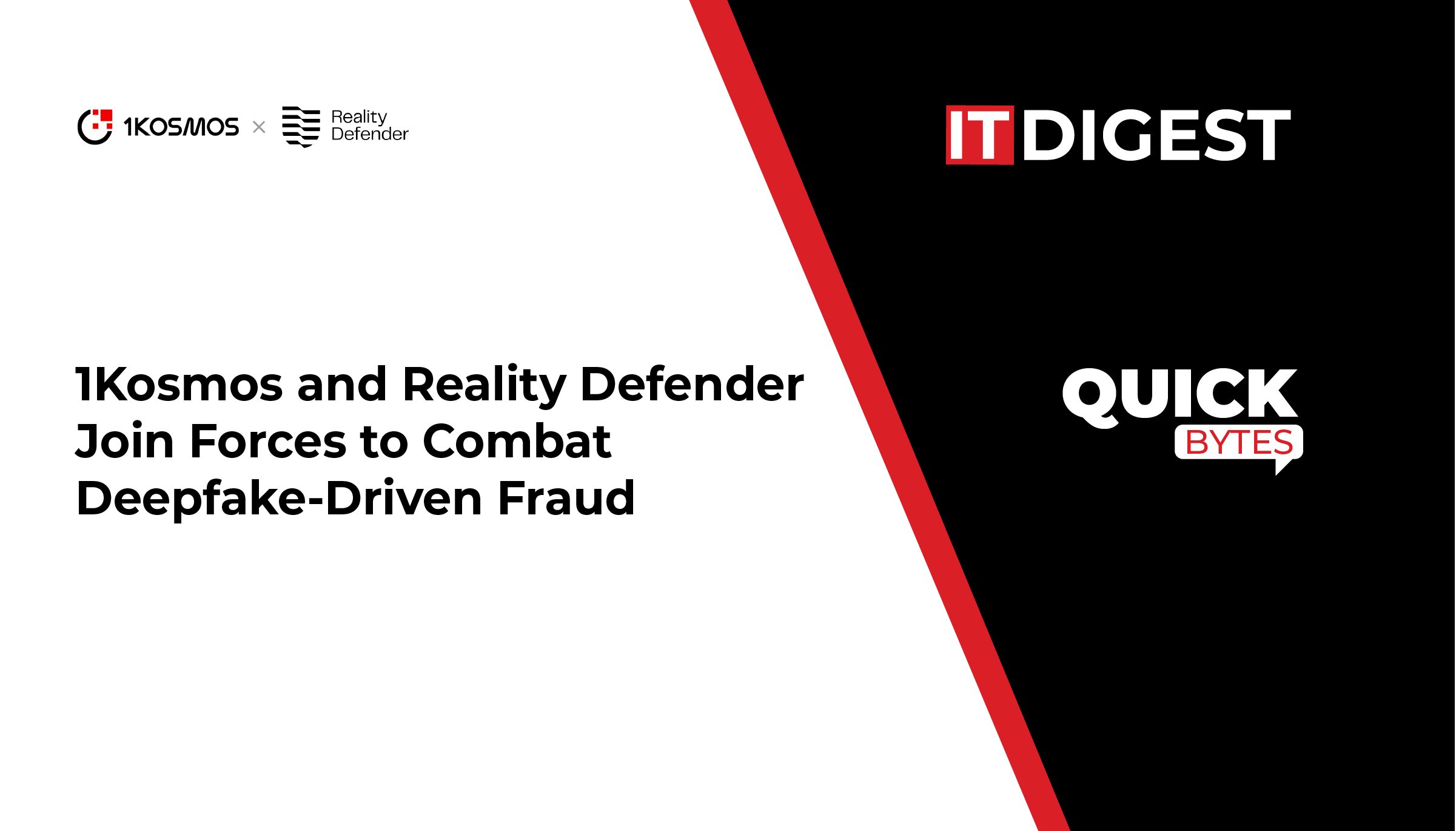Cyberattacks are not what they used to be. Videos that look real but are fake. Emails that know your boss’s name and your schedule. Messages that pretend to be IT and trick people into handing over passwords. These things are happening every day, and they can fool almost anyone. If your company still runs just annual training, you are behind. Threats change faster than any program can keep up. People slip, companies get exposed, and small mistakes turn into real problems.
Cybersecurity awareness in 2025 is not a box to check. It is about paying attention, noticing when something is off, and acting quickly. AI can make attacks worse, but it can also help us learn faster. Remote work makes security harder. Your laptop, your phone, your Wi-Fi, everything matters. When employees know what to look for and act without hesitation, they become a human firewall that no machine can replace.
CISA’s 2025 Cybersecurity Awareness Month shows why this matters. Spot phishing. Use strong passwords. Update your software. Simple actions, but if people actually follow them, they make a difference.
The Dual-Edged Sword of AI in Awareness
AI is changing the way we fight cyber threats, but it’s also making them worse. Attackers are using it to create deep fake voices and videos that trick employees into giving up passwords or sensitive info. Business Email Compromise is no longer generic. Emails are now tailored to the person, using details only insiders would know. Even the most cautious employees can fall for phishing campaigns that look like they came from someone in their own company.
This is not hype. The Global Cybersecurity Outlook 2025 report of the World Economic Forum indicates that cybercriminal activities are on the rise. In this scenario, AI is the main factor because it is the problem and the solution simultaneously. Companies are facing more advanced attacks but are also dealing with the shortage of expert cybersecurity personnel. The same AI that created the elaborate fraud is now the one that helps humans to restore their security.
However, the good side is that AI is making training more efficient. Organizations are implementing adaptive learning which allows them to modify training according to the actual behaviors of their employees. For example, a finance employee may have to deal with fake invoice fraud, while IT personnel would encounter simulated ransomware attacks. Real-time simulations let employees practice against the threats happening right now, not ones from a year ago.
Gamification is part of it too. AI generates ongoing challenges, so learning doesn’t feel like a boring lecture. People remember more and react faster because it’s a game, not just a test. The workforce becomes alert, confident, and ready to spot threats in real time.
The paradox is clear. AI makes attacks sharper, but it also trains humans to be faster and smarter. Cybersecurity awareness in 2025 isn’t about checking a box. It’s about using AI to learn, adapt, and turn every employee into an active part of defense.
Also Read: External vs. Internal Attack Surface Management: Weaving Both Perspectives Into a Unified Security Approach
Securing the Borderless Workplace (The Remote Work Paradigm)
Remote work is here to stay, and with it comes a whole new set of security headaches. The old idea of a ‘corporate perimeter’ is dead. Now, the focus is on the data itself and on every employee who touches it. Zero Trust isn’t just a buzzword. It’s a mindset: never trust, always verify. That means continuous authentication, device health checks, and ongoing monitoring. Your laptop, your phone, even your home network, all of it matters. Security is shared, not something you can hand off to IT and forget.
Employees need to own their role in keeping the company safe. That starts with device hygiene. WPA3 should ensure that home Wi-Fi is tightly secured, and that personal devices do not mingle with the corporate ones at all. Literally think micro-segmentation: your personal apps, your work apps, they remain in their own lanes. Multi-Factor Authentication and biometric logins have become necessities now instead of being optional. They’re the baseline.
The stakes are real. ENISA’s Threat Landscape 2025 report shows that attackers are smarter, reusing old tricks while inventing new ones, exploiting every vulnerability they can find, and even collaborating to hit targets harder. A field of battle that changes constantly. On the other hand, the awareness and cyber hygiene campaigns of ENISA show that humans are the decisive factor. Teaching the staff, promoting secure practices, and creating a security-first environment all contribute to the overall digital safety in a very significant way.
Training isn’t just about ticking boxes. It’s about habits. Employees who know how to spot unusual login attempts, secure their devices, and separate personal from corporate data become the last line of defense in a borderless world. Every VPN login, every password reset, every device check contributes to a stronger human firewall.
Remote work doesn’t just increase convenience; it increases responsibility. Every employee now guards the company’s crown jewels: the data. The combination of Zero Trust principles, proper device hygiene, and consistent awareness practices turns risk into a manageable challenge. The workplace may be borderless, but vigilance doesn’t have to be.
Sealing off the borderless workplace in 2025 is not merely a technical issue any more to be solved. It is a human issue, with humans being the most important barrier to protection. The workers who are aware of the dangers, take their roles, and are for good cybersecurity practices are the ones who will determine whether there is a near miss or a breach.
Proactive Cybersecurity Starts with the Human Firewall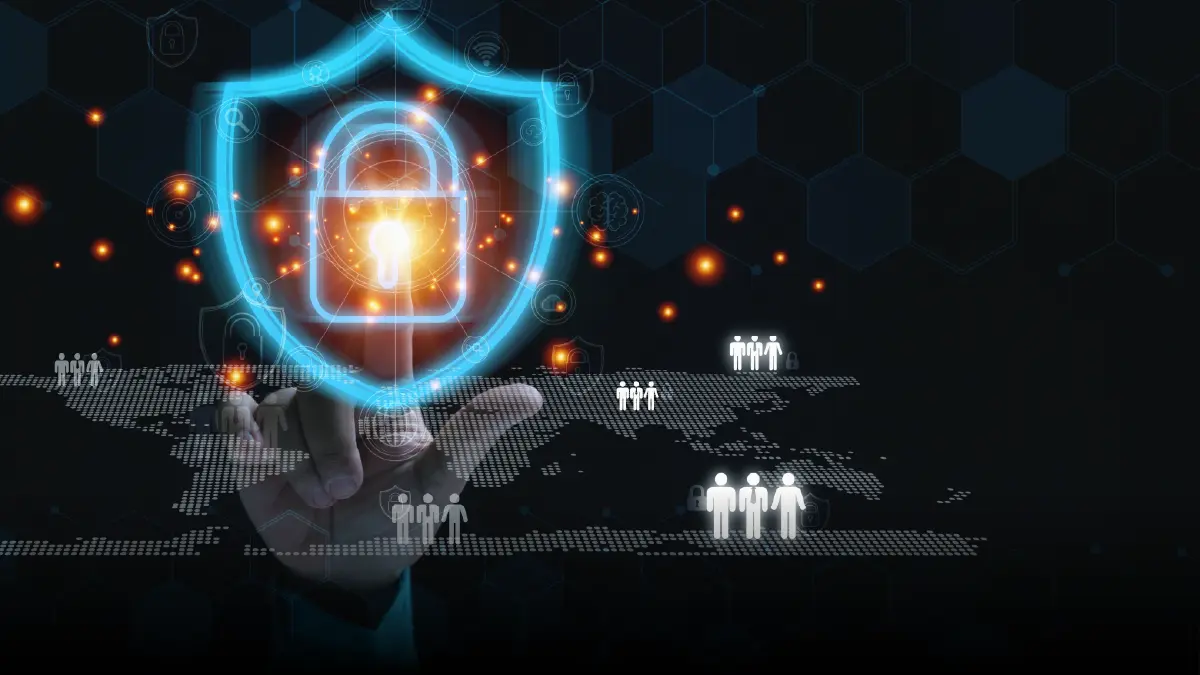
It is not the machines that do the work but the people who are behind them. In 2025, companies are finding out that a good culture is more important than just meeting the minimum requirements. It does not matter if you conduct surveys and trainings year-round, if there is a person who feels scared of and so will not report a weird email or phone call, the situation will go unnoticed. When workers are aware that they will not be held responsible they will report it sooner. This will prevent minor issues from escalating into major ones. Now, companies are looking at how quickly people report suspicious activity instead of just checking whether they passed a quiz.
Awareness goes beyond email phishing. Attackers have new tricks. Vishing uses phone or video calls to steal information. Smashing targets people through text messages. QR code phishing, or quashing, can hide in documents or in public spaces. Employees who notice these threats act as the human firewall. They stop attacks before they reach the system.
Training can’t be a one-time event. Continuous practice is key. Microsoft’s Cyber Signals Report 2025 shows that attacks are getting more advanced every day. Many companies now run small simulations that give employees instant feedback. When someone encounters a fake email or call in a safe environment, they learn the right way to react and remember it.
Gamified exercises and role-based simulations keep learning interesting. Employees remember patterns instead of just rules. Over time, caution and awareness become habits.
The AI is capable of identifying possible threats; nevertheless, the decision is still up to humans. The cybersecurity awareness of 2025 is basically about transforming workers into proactive protectors. If people are aware of the dangers and if they adopt the right habits and are constantly learning, then a powerful human firewall is created. This firewall can stop attacks that technology alone might miss.
The Future of Awareness is Human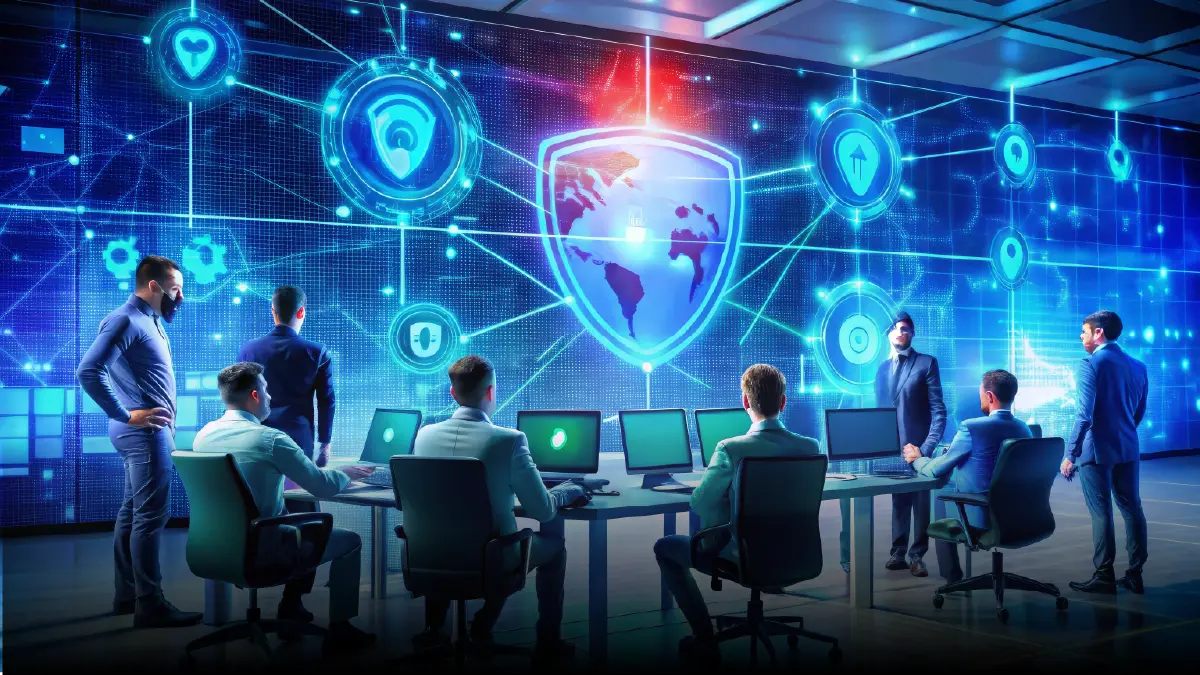
Cybersecurity in 2025 is about three things working together. You need to know how AI can be used to attack and defend. You need Zero Trust policies in place for remote work. And most importantly, you need people who actually pay attention, notice problems, and speak up.
The strongest defense isn’t a machine. It’s the human who sees something wrong and acts. Awareness isn’t something you tick off once a year. It’s a skill you build, practice, and sharpen every day because threats move fast.
The ITU’s Global Cybersecurity Index 2025 looked at tens of thousands of websites and hundreds of reports from around the world. The takeaway is clear: countries that train and empower people are safer.
Companies and individuals should rethink training. Use AI to make learning practical. Follow Zero Trust for remote work. Reward people for reporting problems. When humans, tech, and culture line up, security works. Cybersecurity Publications: The ITU offers a range of best practice reports on different aspects of cybersecurity, sharing analyses of cybersecurity awareness surveys and providing insights into spam, its causes, and means to address it.


